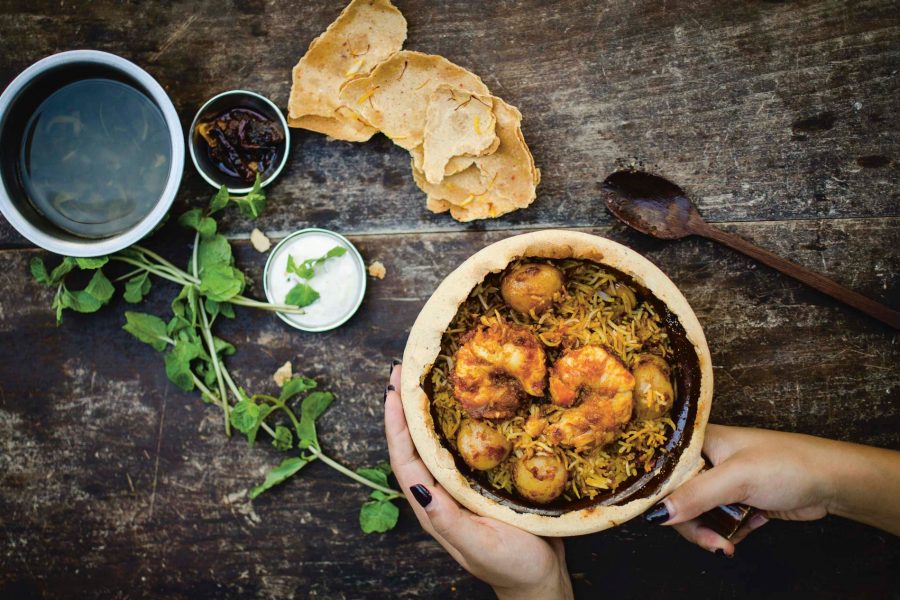To understand Myanmar cuisine, start with the humble youtiao. If you’re from China, you’ll know it as the fried dough stick commonly dipped in soy milk or eaten with congee. But in Myanmar it’s often dunked into sweetened, milky tea – a staple introduced from India.
‘It’s a natural fusion,’ says Htet Myet Oo, owner of Rangoon Tea House , a restaurant housed in a refurbished, high-ceilinged colonial building in Yangon’s historic downtown. In contrast to the somewhat forcefully fused cuisine that creative restaurants around the world produce, Burmese food��’s fusion resulted not from dining trends but from geography and history.
‘There’s a lot of misunderstanding of what Myanmar cuisine is. A lot of people don’t know where Myanmar is, don’t often know the country is between China and India, bordering Bangladesh and Thailand. So you have those influences,’ says Htet. Compound that with the country’s diversity – there are more than 100 ethnic groups – and you have a cuisine that’s not easy to classify or describe.
The flavours can be jarringly pungent to the uninitiated. Take the common breakfast food, mohinga: thin rice noodles served in a hot and sour fish soup. Tea leaf salad is another classic, using fermented tea leaves as the main ingredient, which bewilders foreign taste buds as much as it tantalises. Heavy doses of garlic, peppers, fish sauce and turmeric are standard fare across the cuisine. Adding to the unfamiliarity is the fact that Burmese food has only been around for as long as the country has been in existence, about 130 years.
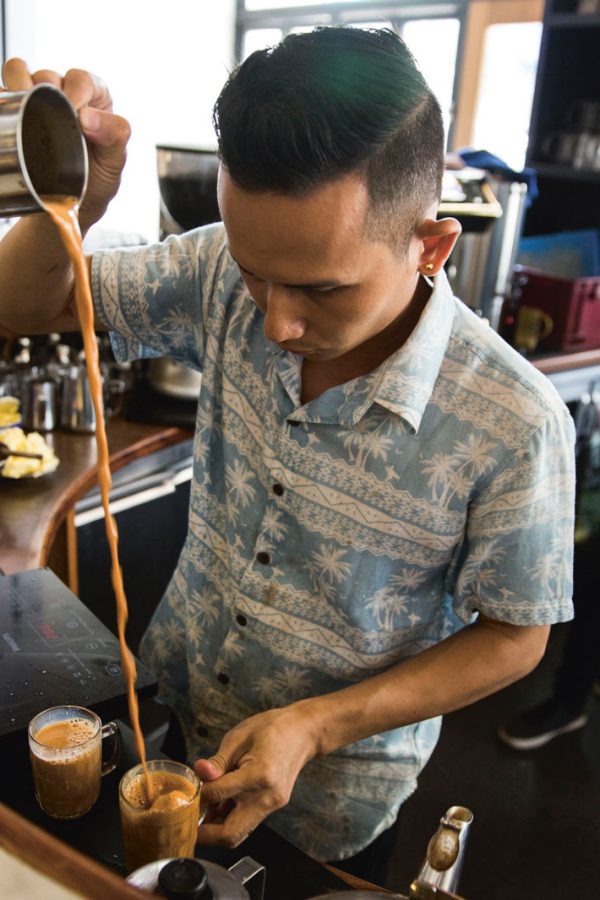
Credit: Taylor Weidman
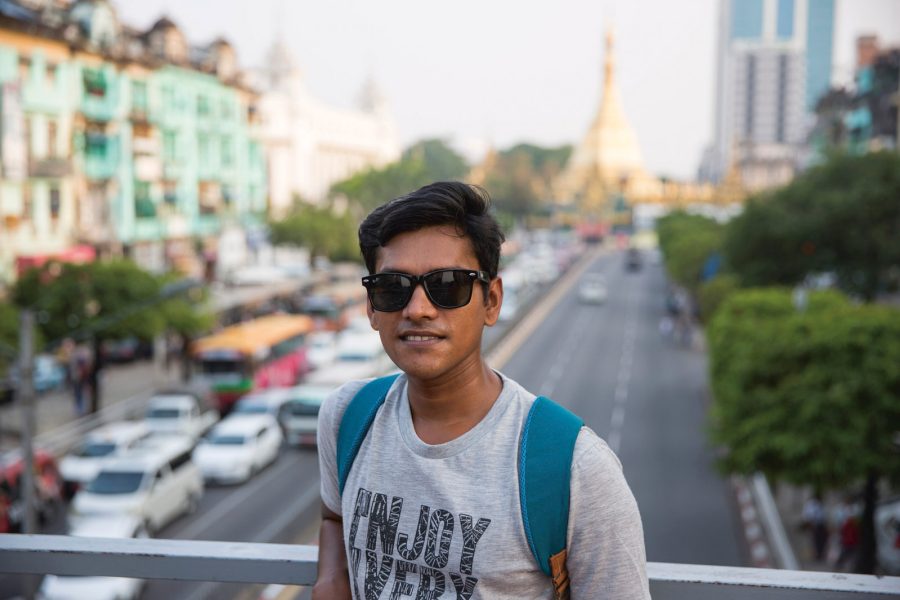
Credit: Taylor Weidman
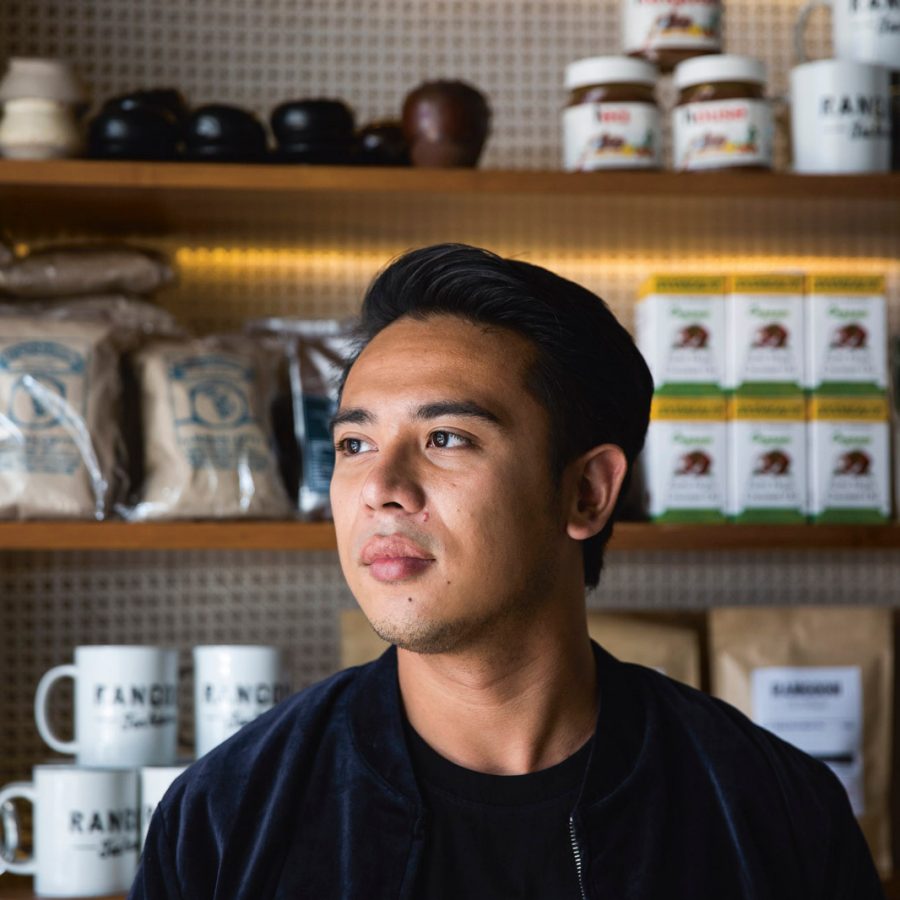
Credit: Taylor Weidman
Yet some food lovers descending on the country call it the best food ever, appreciating it as an amalgamation of some of Asia’s most popular cuisines. If you could have Chinese, Indian and Thai food all rolled into a single bite, what’s not to love? A lot more people have found out in the past six or so years. As Myanmar, formerly called Burma, has opened up its borders it has seen an influx of visitors, who come to experience its pagodas, its colonial architecture and a culture that has remained much the same as it was over six decades ago, when the country isolated itself from the world.
The foodie scene has grown alongside its economic development, with respectable French and Italian restaurants cropping up alongside hipster burger joints. But Rangoon Tea House is arguably the most prominent establishment offering Burmese cuisine in a setting that would appeal to upscale clientele, with a menu of curries, biryanis, noodles and 16 styles of tea. Many others have appeared in recent years, says Htet, and they’re not just for foreigners. ‘Even as a local, I might not have had a certain dish from a certain region. Now there are a lot more local restaurants that let you understand different layers of the cuisine.’
Htet was born in Myanmar, grew up in the UK and returned to his birthplace in 2013. He realises that the local cuisine is so unknown to the world that Rangoon Tea House’s focus should simply be to introduce the most representative dishes rather than trying to do something highly innovative.
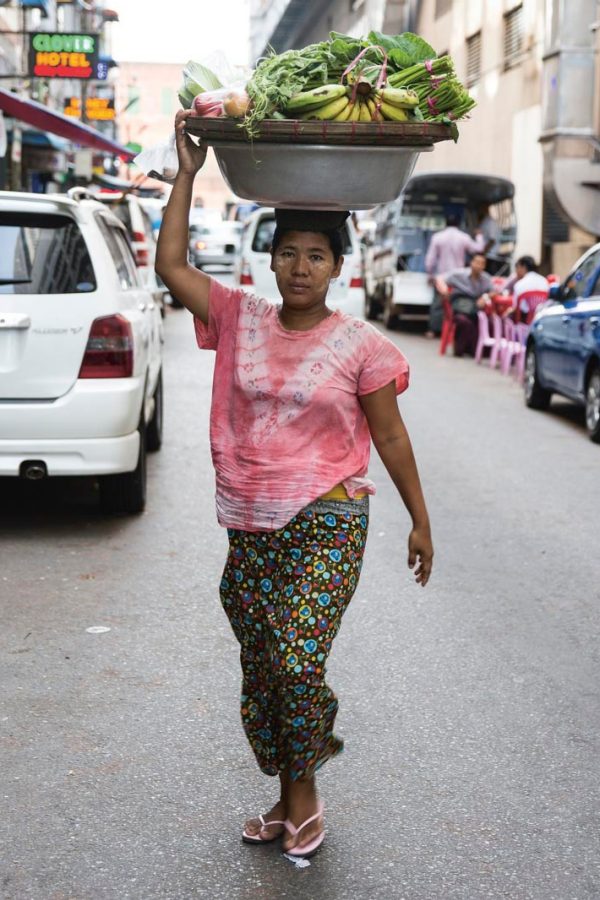
Credit: Taylor Weidman
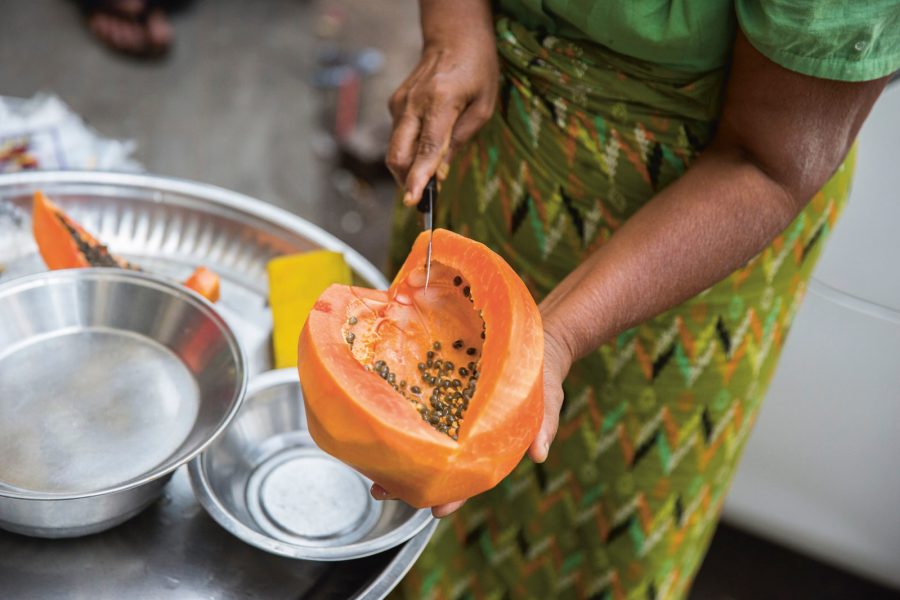
Credit: Taylor Weidman
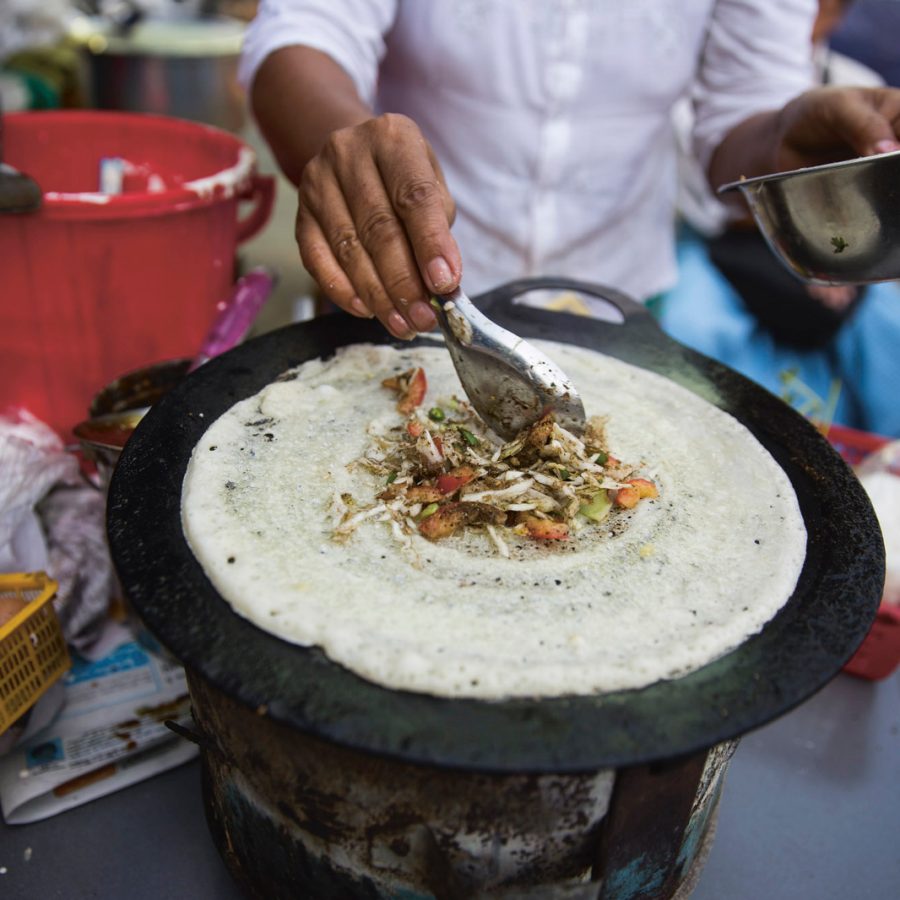
Credit: Taylor Weidman
‘Maybe if this were a Burmese restaurant that we were doing in 10 or 15 years, it would be a lot more creative,’ he says. ‘Maybe you would have dry ice, maybe you would have molecular food, but I don’t think now is the time to do these things. I think firstly you simplify and get to the real core of what makes Burmese food special.’
A stroll around Sule Pagoda Road brings a sampling of street food as well as common dishes at small teahouses with a more local feel. My guide with Yangon Food Tours is a young Christian Indian who named himself James. The first street stand he takes us to serves samosa salad, a mix of cut-up falafel samosa, spring onion, fried shallots and watercress, with chickpea broth ladled over the whole thing. ‘We can sit in the baby chairs,’ he says, indicating the tiny plastic stools placed around low plastic tables – the furniture of choice at street stalls – where we dine on the savoury, tangy salad with crunchiness coming from the samosa crust.
At other stalls, pancakes are topped with tomato, cabbage and ground masala. Mont lin ma yar, cooked on large hot plates in open stalls, are bite-size savoury cakes meant to be eaten two at a time, featuring a quail’s egg on top of one of them. James says food is a huge preoccupation among the Burmese, with snacks such as buns adding to the meal count. ‘People eat like six times a day.’
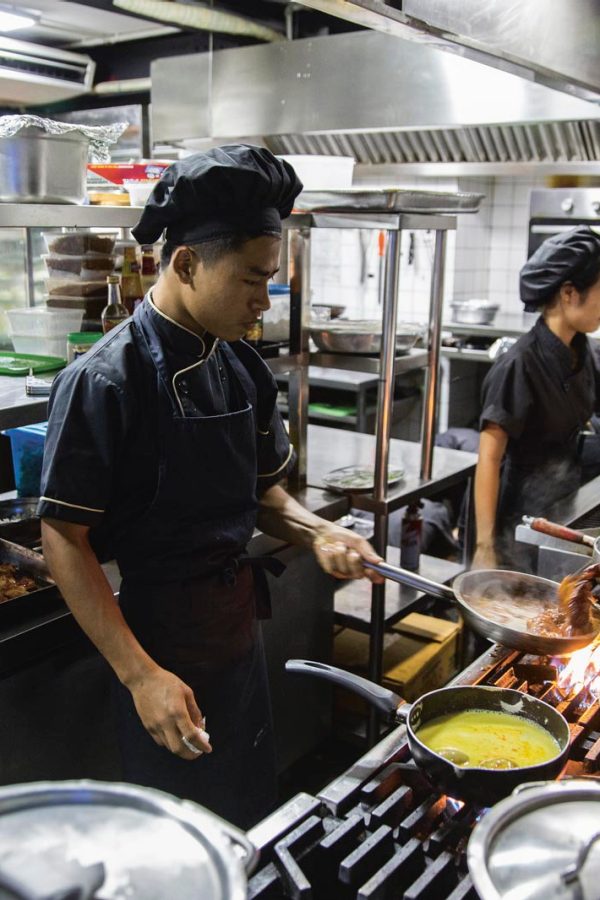


We duck into a teahouse to try Shan noodles, the dish that James most looks forward to on the tour. Named after the northern state that borders China, Shan noodles are not so different from Sichuan’s dan dan noodles: white noodles covered in spicy minced pork. Shan is probably Yangon’s second-biggest category of Burmese cuisine, after the food of the Bamar, Myanmar’s largest ethnic group.
Htet thinks Shan cuisine has the potential to make a real mark around the world. ‘Because Bamar cuisine is very bold, you might like it or you might not like it at all,’ he says. ‘But with Shan cuisine they use lots of tomatoes, they use lots of pickles, similar to what we find in currently popular cuisines like Korean, and Japanese and South American fusion food – people are loving the spices and pickling stuff. Shan cuisine already has all these things, so I think that’s the cuisine, if I could pick one from Myanmar and put it around the world, that I think would be successful.’
In fact, Burmese cuisine has been having a moment in San Francisco, spurring a trend that’s now spreading along California’s coast. Perhaps it’s an indication of the cuisine’s potential to grow around the world. But on the streets of Yangon, it’s still finding its feet among locals and visitors to this fast-changing country, with plenty of room to grow.
This story was originally published in June 2017 and updated in September 2020
More inspiration
- China – the Chinese Mainland, Hong Kong SAR, Macao SAR and Taiwan Region
- Hong Kong SAR - English
- Chinese Mainland (China) - English
- Taiwan, China - English
- 香港特別行政區 - 繁體中文
- 中国內地 - 简体中文
- 中國台灣 - 繁體中文
- Africa
- South Africa - English
- Asia
- Bangladesh - English
- Korea - English
- Singapore - English
- Cambodia - English
- 한국 - 한국어
- Sri Lanka - English
- India - English
- Malaysia - English
- Thailand - English
- Indonesia - English
- Maldives - English
- ประเทศไทย - ภาษาไทย
- Indonesia - Bahasa Indonesia
- Myanmar - English
- Vietnam - English
- Japan - English
- Nepal - English
- Việt Nam - tiếng Việt
- 日本 - 日本語
- Philippines - English
- Australasia
- Australia - English
- New Zealand - English
